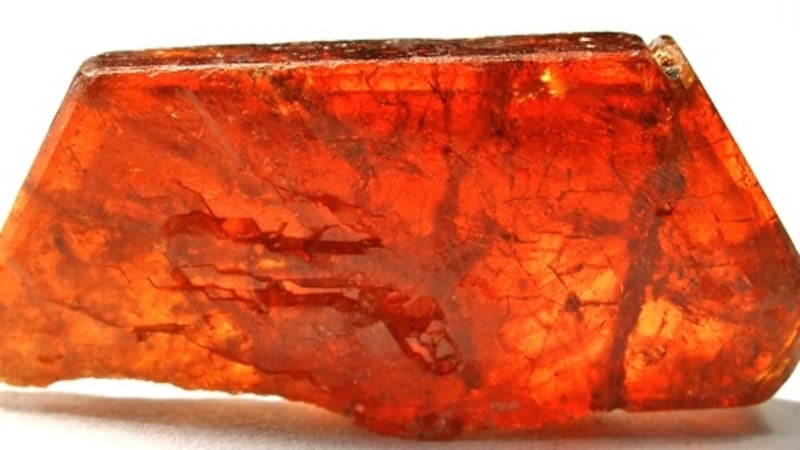Irish scientists have discovered how a rare earth mineral in huge demand across the globe, because of its use in the green energy and tech industries, is formed.
The breakthrough by researchers at Trinity College Dublin has important economic implications as there are no substitute alternatives to these rare earth elements (REEs).
They are indispensable due to their ability to form small and very powerful magnets essential for smart devices and low-carbon energy generation such as electronics, wind turbines and hybrid cars.
Most REEs are exploited in carbonatite deposits – the largest known carbonatite is the Bayan Obo in China – but scientists still study intensely how and why they are formed; a consequence of complicated mineralogy, element composition and geological history.
There are more than 250 known REE-bearing minerals, but only three are economically viable and exploited commercially. Bastnäsite is probably the primary valuable mineral for REEs in the world and was the focus of the Trinity team’s study.

By considering how water containing REEs interacted with calcite, a mineral that is ubiquitous in nature and often present in hydrothermal environments, the team discovered a new pathway by which bastnäsite is formed.
"The fact that we need more REEs urges us to find out more about the geochemical behaviour of these precious elements. Simply, we need to know a lot more about REEs, and how and why they form, if we want more of them," explained PhD Candidate Adrienn Maria Szucs – first author of a study published by the journal Crystal Growth & Design.
“The crystallisation pathway we discovered reveals that in some rare earth-bearing deposits the origin of bastnäsite could be simply a consequence of the interaction of calcite with rare earth-rich fluids. This is not the only reaction that forms bastnäsite but the discovery is particularly important because calcite is found everywhere and is also the most stable calcium carbonate in nature,” she added.
This suggests it should be possible to support formation of bastnäsite under the right conditions, Ms Szucs said.
Principal investigator on the research Juan Diego Rodriguez-Blanco, assistant professor in manomineralogy at Trinity, said its significance should be seen in context of demand for REEs in high-tech products “shooting up”.
This had generated significant geopolitical competition because many REEs have become very valuable, he added.
“Unfortunately, extracting and refining REEs is both financially and environmentally expensive, so work like this is important for bettering our understanding of formation mechanisms of bastnäsite, which in turn helps us improve existing extraction and refinement methods,” Dr Rodriguez-Blanco said.
This research was supported with funding from Trinity's Provost PhD Awards; Science Foundation Ireland, Geological Survey of Ireland, the EPA and by the Horizon 2020 Research and Innovation Programme's MetalIntelligence project.













